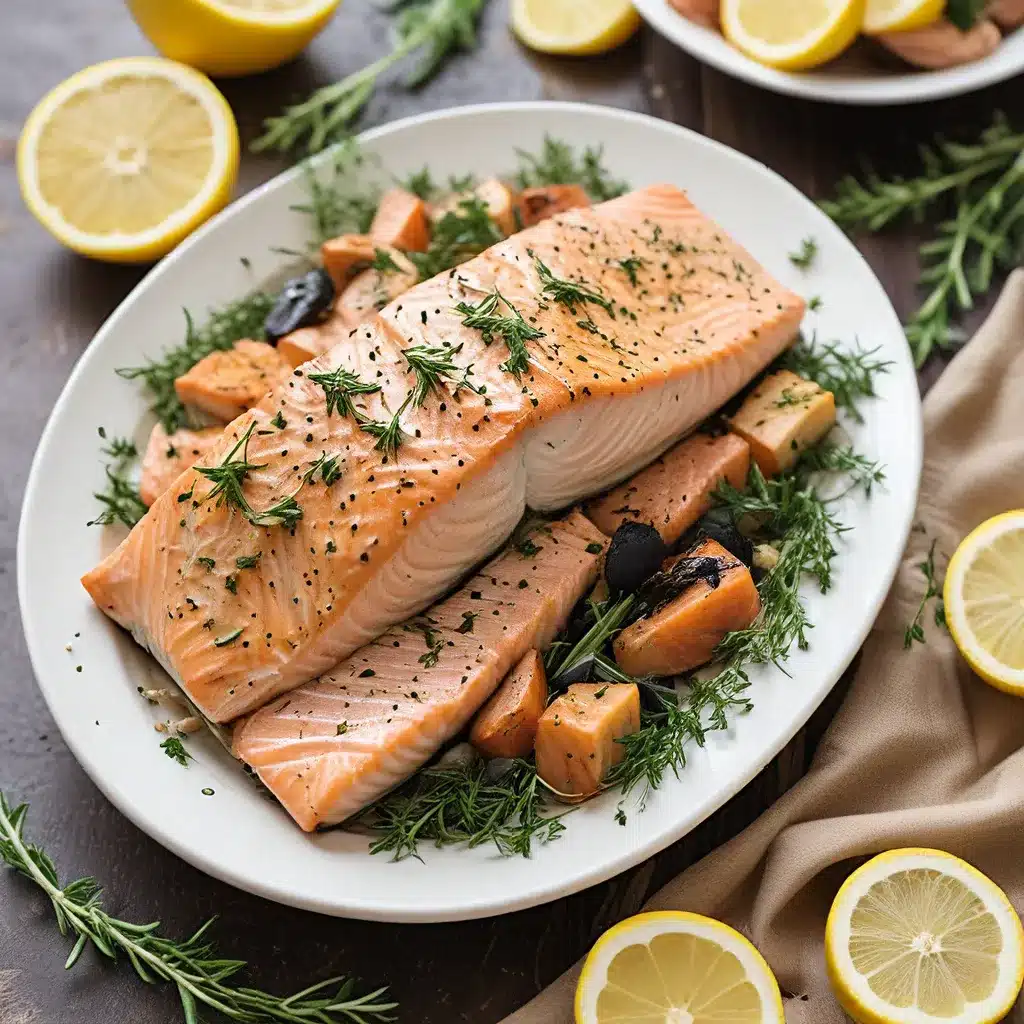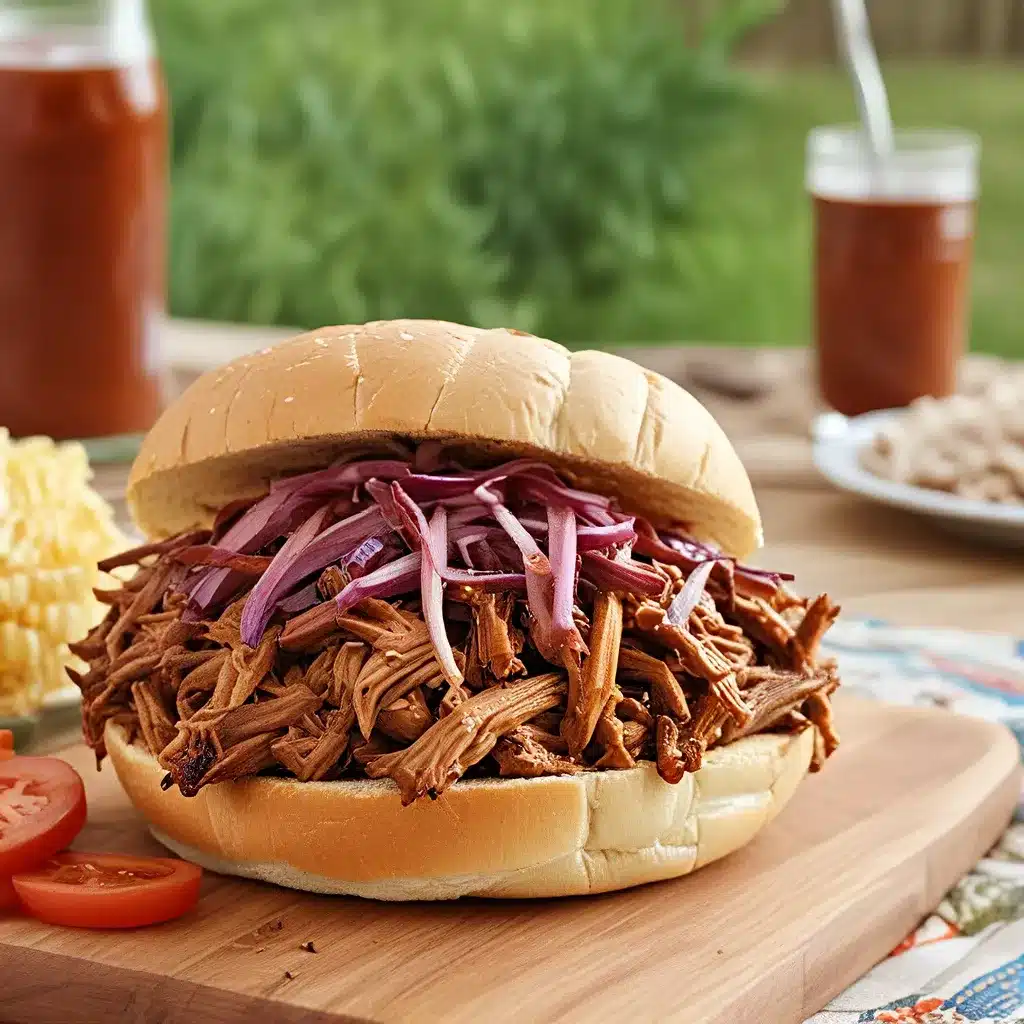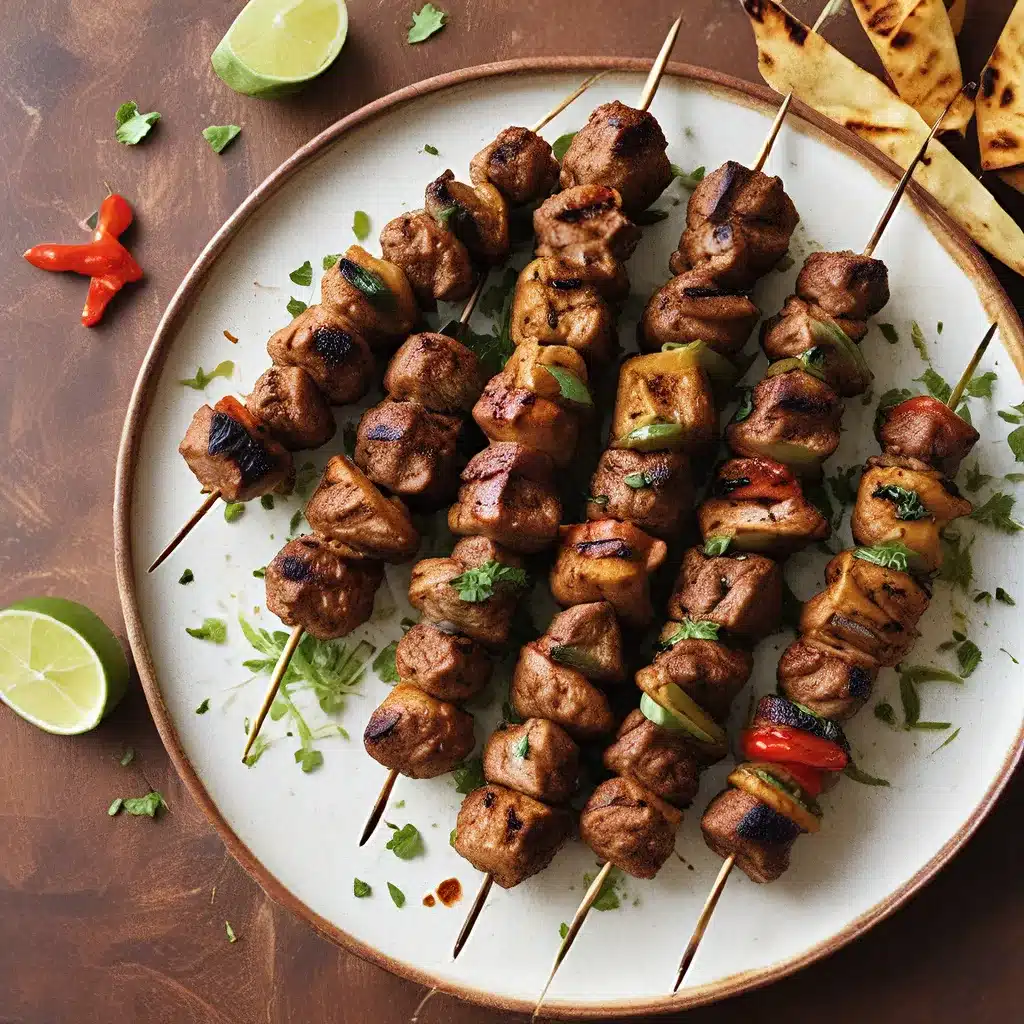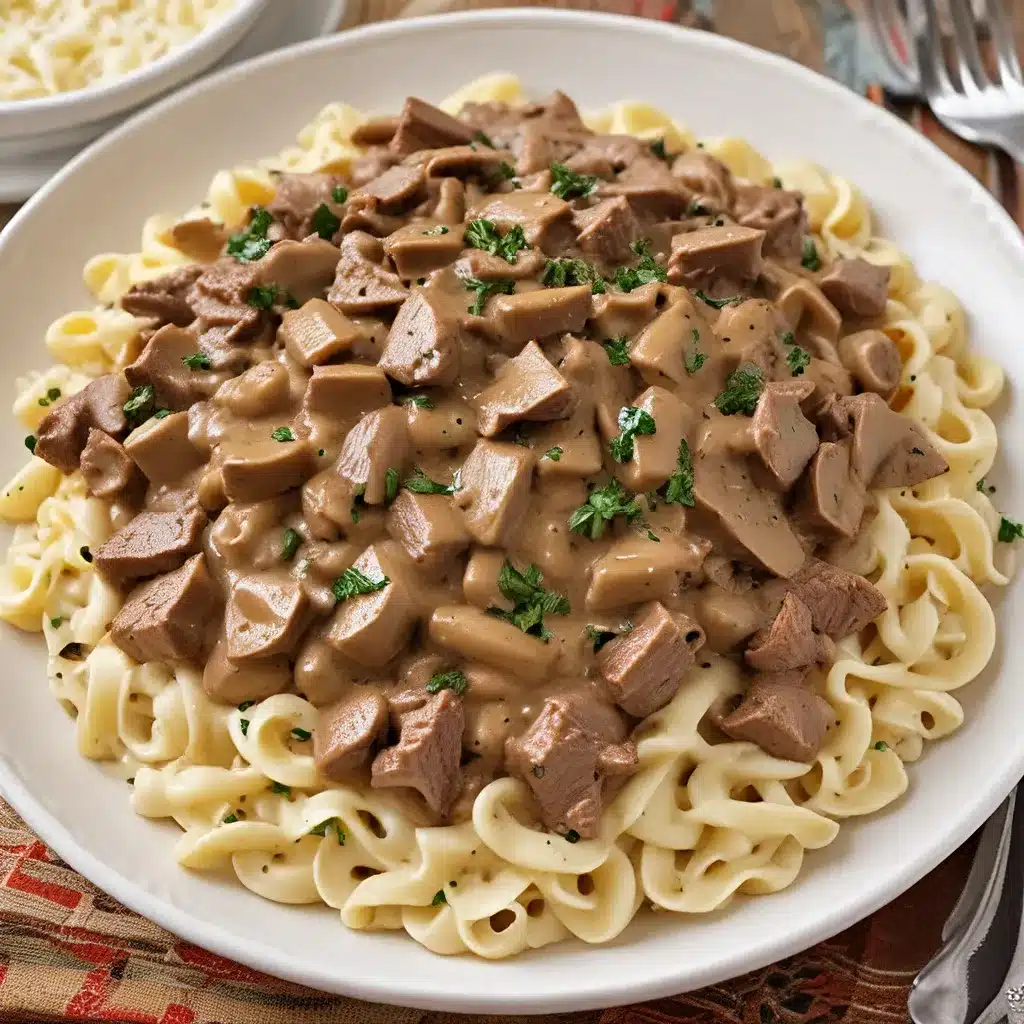
As a self-proclaimed home cooking enthusiast, I’ve always been fascinated by the art of braising. There’s just something about the slow, gentle cooking process that transforms even the toughest cuts of meat into tender, melt-in-your-mouth morsels. And let’s be honest, who doesn’t love a dish that’s bursting with rich, complex flavors?
The Beauty of Braising
Braising is a cooking technique that involves searing meat or vegetables in a hot pan, then slowly simmering them in a flavorful liquid until they become irresistibly tender. It’s a method that’s been used for centuries, from the humble stews of rural France to the sumptuous braises of haute cuisine.
One of the things I love most about braising is the way it can transform even the most unassuming ingredients into something truly special. Take sweetbreads, for example – those delicate, delicate organ meats that can be a bit intimidating for the uninitiated. But when you braise them with mushrooms, as in the classic French dish I discovered on Offally Good Cooking, the result is a study in subtlety and sophistication. The sweetbreads become silky and succulent, while the mushrooms lend their earthy, umami-rich flavor to the mix.
And let’s not forget about those incredible sauces and gravies that come out of the braising process. As the meat or vegetables simmer away, the cooking liquid transforms into a rich, velvety elixir that’s practically begging to be sopped up with a crusty piece of bread. In fact, Julia Child herself has touted the virtues of braised dishes, noting that the “closed, moist cooking of a braise renders more fat than open-pan roasting.”
The Magic of Mirepoix
One of the keys to a successful braise is the foundation of flavors you build from the start. And that’s where the humble mirepoix comes into play. This simple trio of diced onions, carrots, and celery is the flavor base for countless braised dishes, from beef bourguignon to Julia Child’s classic beef bourguignon.
But don’t let the simplicity of mirepoix fool you – it’s the backbone of so many braises, gently infusing the cooking liquid with a sweet, earthy aroma that permeates every bite. And the beauty of it is, it’s so easy to prepare. Just dice up those veggies, sauté them in a bit of fat, and you’re well on your way to building a flavor-packed braise.
Mastering the Technique
Of course, braising isn’t just about the ingredients – it’s also about the technique. And that’s where some of the more offal-y dishes, like Julia Child’s braised goose with chestnut and sausage stuffing, really shine. As the author of that post discovered, “Preparing each component of the dish was an adventure,” but the end result was a “hearty and hedonistic” feast.
The key to mastering braising, I’ve found, is patience and attention to detail. It’s about taking the time to properly brown the meat, build a flavorful cooking liquid, and then gently coax those tough cuts of meat or tough vegetables into submission. And with a little practice, you can start to develop a real intuition for when a braise is ready – when the meat is fork-tender and the sauce has reached that perfect, velvety consistency.
Exploring the Possibilities
But the best part about braising, in my opinion, is the endless possibilities it offers. Whether you’re working with beef, pork, poultry, or even organ meats, the braising method can unlock a world of flavor and texture. And the beauty of it is, you can really let your creativity shine.
Take that home cooking experience to the next level by experimenting with different cuts, aromatics, and cooking liquids. Maybe you’ll discover a new favorite, like a rich, red-wine-braised short rib or a fragrant, curry-spiced chicken braise. Or maybe you’ll uncover a hidden gem, like the braised sweetbreads with mushrooms that so captivated me.
The possibilities are truly endless, and that’s what makes braising such a thrilling and rewarding cooking technique. So why not dive in and start exploring? With a bit of patience and a whole lot of flavor, you’re sure to master the art of braising in no time.






